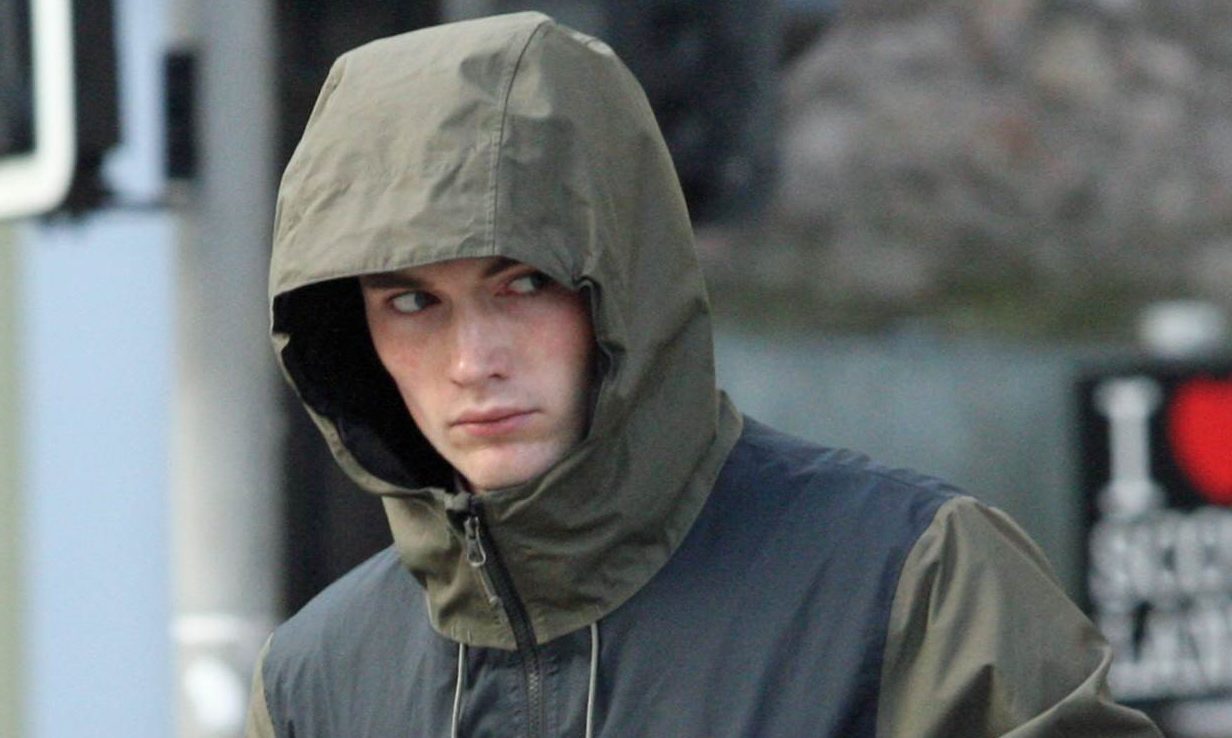A man who fell to the ground and struck his head sustained “unsalvageable” brain injuries as a result, a trial has heard.
Dr Helen Brownlow, a forensic pathologist at the University of Dundee, was part of the team that conducted a post mortem examination on 62-year-old Brian Fox – which recorded the official cause of death as blunt force trauma.
Wes Reid, 20, of Tayport, faces a charge of culpable homicide in that he allegedly punched Brian Fox in the head, causing him to strike his head on the ground, killing him in the early hours of January 1 in Nethergate, Dundee.
Reid has entered a special defence of self-defence, claiming he believed Mr Fox was about to attack him.
Dr Brownlow said Mr Fox had a 40mm cut surrounded by bruising on the back of his head and a linear fracture to his skull.
“Naked eye” analysis and later examination by an expert in Glasgow revealed Mr Fox had suffered bleeding and cuts on the surface of his brain, tears to his brain stem and damaged nerve cells.
>> Keep up to date with the latest news with Evening Telegraph newsletter
Dr Brownlow concluded: “My impression is that an injury as such, once sustained, his condition would have been unsalvageable.”
The court was also told Mr Fox had bruising to his lip and a small graze on his eyebrow.
Advocate depute Mark McGuire, prosecuting, asked: “Could either of these injuries be explained by a blow to Mr Fox’s face?” Dr Brownlow said: “It’s possible.”
However, she could not confirm how, or when, the injuries may have been sustained before his death.
Donald Findlay QC, for Reid, suggested high levels of intoxication could hamper someone’s ability to cushion their fall. Tests showed Mr Fox was about three times the drink-drive limit at the time of his death.
Dr Brownlow replied: “That’s correct, particularly in a backwards fall.”
The trial continues.


